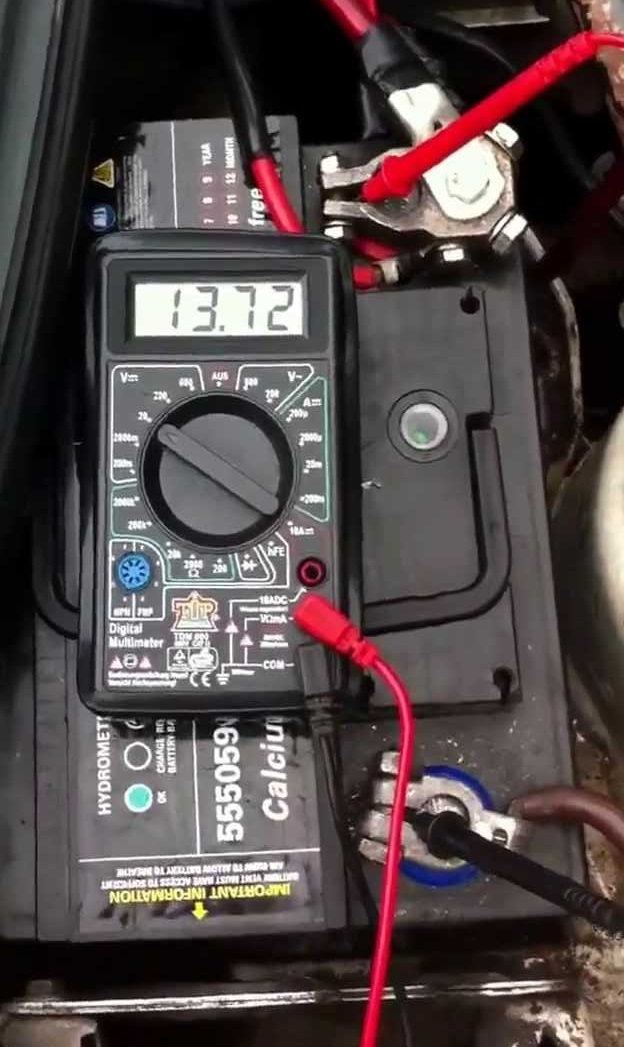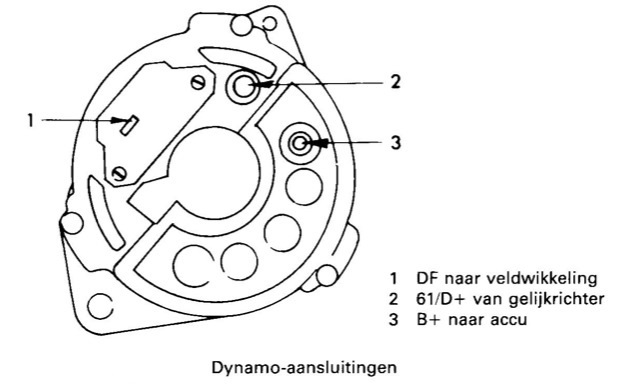This page has been translated with google translate, there may be errors in the stories.
To measure the charging current, proceed as follows.
First measure the voltage on the battery terminals with an accurate voltmeter (digital multimeter) when the engine is running and at different speeds.
At low revs it may be anything like 13.5 volts and the maximum may be about 14.4 volts at high revs and a dead battery. It can also be the voltmeter itself acting weird, so it does not always have to be the alternator if deviating values are measured.
If you want to measure the actual charging voltage of your alternator, measure on the B + of your alternator.
You can make a diagnosis with the engine stopped. The installation voltage is shown on the B + (here +/- 12.5 volts). If you switch on the ignition and mount a control lamp on it, you measure approx. 2 to 3 volts on the D +, this is the pre-excitation. On the indicator light itself you also measure 12.5 volts on the + from the contact and on the side where the wire goes to the D + a voltage of approx. 2 to 3 volts. If you measure a much higher voltage here, there is a disturbance from this point via D + to ground. If you do not measure voltage (2 to 3 volts) at the dynamo, there is a defect somewhere from the control lamp to D +.
You can measure and analyze the case to see if the alternator is in order.
In the event of a defective diode in the alternator, the charging current lamp will light up weakly.
In case of bad contacts of the carbon brushes, the light is always on or flashes.
Also measure immediately with the voltage meter on the B + what the charging voltage is and whether that voltage is stable.

Measure charging current at the battery terminals.
Multimeter can be found with this link.






